Functional Fragrance in Skincare: How to Blend Essential Oils for Scent and Skin Benefits
I want to start this Monday morning with some formulation talk! So let’s stir up some magic in the lab with today’s hot topic all about using essential oils as a dual purpose scent option.
Let’s face it, everyone loves a product that smells divine. But if you’re a formulator, indie beauty brand founder, or a sensory branding lover, you know that fragrance is so much more than “nice.” Scent holds power. It evokes emotion, sparks memory, supports mood, and, when done right, it even enhances skin health.
This is where functional fragrance steps in. Rooted in both aromatherapy and cosmetic chemistry, functional fragrance blends beauty with purpose. It’s the art of using essential oils to elevate not just how a product smells, but how it makes your customer feel. And when done well, it becomes a powerful part of your product’s identity.
What Is Functional Fragrance, Really?
Unlike synthetic perfumes, which are created purely for scent (and which I love very much), functional fragrances are designed to offer benefits beyond aroma. That might be emotional, -such as calm, focus or uplift-, or physical, like skin-soothing, anti-inflammatory, or decongesting effects. These blends use essential oils, CO₂ extracts, and natural absolutes to deliver some level of effect on both the mind and body.
Today’s conscious consumers are craving more from their skincare: multi-sensory experiences, clean scent profiles, and intentional formulas that support wellbeing. Functional fragrance delivers all of that, and more. It allows you to connect with your customer on an emotional level, set your products apart in a crowded market, and build signature scent profiles that turn a brand into a ritual.
Essential Oils That Do More Than Smell Good
Essential oils are far more than pretty scents—they’re complex plant extracts rich in bioactive compounds that can influence skin physiology and emotional wellbeing. Used intentionally, they transform a formula into a functional experience.
Lavender (Lavandula Angustifolia) is a classic multitasker, calms the nervous system, supports sleep, and soothes inflamed or acne-prone skin, making it ideal for night creams and recovery serums.
Frankincense (Boswellia Carterii) supports mindfulness and emotional grounding while promoting skin regeneration and tone. It pairs beautifully with balms, oils, and anti-ageing emulsions.
Roman Chamomile (Anthemis Nobilis) is gentle, sweet, and deeply calming, excellent for sensitive skin, eczema-prone products, or anything targeting reactive skin types.
Tea Tree (Melaleuca Alternifolia) is often overlooked for scent but works brilliantly in oily/acne-prone skin formulations. It brings potent antibacterial, antifungal, and anti-inflammatory effects to cleansers, gels, or scalp tonics.
Clary Sage (Salvia Sclarea) is earthy, hormonal, and emotionally balancing—used often in PMS or menopausal support blends. Topically, it helps reduce inflammation and sebum production, making it suitable for balancing creams and purifying masks.
Peppermint (Mentha Piperita) invigorates the senses, improves circulation, and delivers a cooling effect that can soothe irritation or itching. In haircare, it’s prized for stimulating the scalp and promoting follicle health.
Bergamot (Citrus Bergamia, FCF) brings a bright, citrus-floral lift that eases anxiety and uplifts the mood. When used in its FCF (furanocoumarin-free) version, it’s also phototoxicity-safe and useful in brightening or purifying skincare.
Cardamom (Elettaria Cardamomum) is warm, spicy, and subtly sweet, perfect for creating depth in sophisticated scent profiles. Emotionally, it helps clear mental fog and gently energises without overstimulation. On the skin, it has mild antiseptic properties and works well in both clarifying products and indulgent self-care formulations like body oils or seasonal balms.
And for something a little unexpected: Coriander Seed (Coriandrum Sativum). This underrated oil adds a soft, spicy-sweet note with grounding effects. It offers antibacterial and skin-conditioning benefits, fits beautifully into gender-neutral or men’s blends, and enhances the complexity of earthy or citrus formulas.
Each of these oils brings performance, emotion, and storytelling to a formula. You’re not just adding scent—you’re building a functional signature your customers will associate with care, quality, and intention.
But functional fragrance isn’t just for skin. Hair mists, scalp treatments, and hair leave-in products also benefit from aromatherapeutic scent strategies. Rosemary, peppermint, and clary sage can be energising for the scalp while offering antimicrobial support. Lavender and ylang-ylang bring calm to the senses and softness to the hair. By incorporating essential oils into haircare intentionally, you create rituals that start in the shower and last all day.
The Science of Scent and Mood
Our sense of smell is hardwired into the limbic system, the emotional and memory centre of the brain. That’s why a single scent can transport us back in time, calm anxiety, or lift our energy. In beauty, this translates into deeply sensorial products that don’t just nourish the skin, but also nurture the soul.
A cleanser with the right scent can become a moment of mindfulness. A night balm can double as an aromatherapeutic sleep ritual. With functional fragrance, you’re no longer just formulating skincare, you’re creating emotional experiences.
Blending Essential Oils with Purpose
Creating a functional fragrance takes more than intuition. It takes intention and formulation strategy. Start by asking: What is the emotional or physical goal of this product? From there, choose oils based on both their aromatherapeutic actions and dermal compatibility.
You’ll also want to build your scent profile using a fragrance pyramid:
- Top notes (e.g. citrus, peppermint): bright and uplifting
- Middle notes (e.g. lavender, geranium): the heart of the blend
- Base notes (e.g. patchouli, vetiver): grounding and long-lasting
This balance gives your product dimension, longevity, and recognisability. Then, dilute appropriately depending on the product type but also dermal limits. I highly highly recommend reading the IFRA certificate of each fragrance or essential oil you include in your formula to make sure you respect the dermal limits set and that you stick to a maximum of 1% of total fragrance for the face, up to 2% for body or hair products. You can go a bit higher for bath bombs.
The Safety Side of Functional Fragrance
Essential oils are potent. Misuse can lead to sensitisation, phototoxicity, and interactions with actives. That’s why blending requires knowledge of:
- IFRA guidelines and dermal limits
- EU/UK allergen labelling rules
- Usage restrictions for sensitive groups (pregnancy, children, lip & eye products)
- Phototoxicity risk, especially for citrus oils
Use only traceable, high-quality oils, and always document your choices and justifications in the PIF. Functional fragrance should be a science-led practice, not a guessing game.
Keep in mind that using essential oils, even for function, means your product is not fragrance-free under EU labelling law. Even if scent is not the primary purpose, it must be declared by INCI name (fragrances should be labelled as ‘parfum’), and allergens must be listed. Be cautious with marketing language to avoid misleading claims, especially for sensitive skin lines.
Beyond the EU, regulations vary. In the US, the FDA under MoCRA requires clear labelling of fragrance allergens, though it’s less stringent than EU rules. Canada’s Cosmetic Regulations align closely with the EU, mandating INCI names and allergen disclosure. In Australia, AICIS governs essential oil usage, with strict limits on phototoxic ingredients. Always check local regulations for your target market and ensure compliance with dermal limits and labelling to avoid costly recalls or reformulations.
Signature Scent as a Branding Superpower
Your scent is part of your brand’s fingerprint. Just like a logo or colour palette, a signature fragrance evokes memory, emotion, and trust. You might:
- Create a core blend that anchors your full range
- Develop seasonal variations tied to product goals (e.g. energising for summer, grounding for winter)
- Use scent layering across mists, creams, oils, and perfumes to create a cohesive sensory ecosystem
Scent equals memory. Memory creates connection. And connection builds loyalty. A well-crafted functional fragrance becomes part of your customer’s lifestyle and your brand legacy.
A well-crafted scent strategy signals thoughtfulness and luxury. For premium brands, functional fragrance can justify a higher price point and increase perceived value, especially when paired with sustainability, ritual messaging, or custom scent development.
Educating your customers about functional fragrance turns a product into a story. Share the why behind your scent choices, whether it’s the calming heritage of lavender or the uplifting zest of sweet orange. Use packaging, social media, and your website to highlight the aromatherapeutic and skin benefits, tying them to your brand’s mission. Transparent storytelling builds trust, deepens emotional connections, and makes your scent strategy a conversation starter.
Before saying goodbye, let me leave you with my final thoughts: Formulate with emotion and intention.
Functional fragrance is the secret ingredient that elevates a nice product into an unforgettable ritual. It weaves together plant chemistry, emotional care, and brand storytelling into one sensorially rich experience. When you blend essential oils with intention, you’re not just formulating a cream or mist, you’re creating a moment.
Ready to formulate with purpose, safety, and sensory magic? Our Essential Oils in Cosmetics e-book is your complete guide to creating scents and blending essential oils with confidence for your skincare or haircare brand.
Download our Essential Oils in Cosmetics e-book to master functional fragrance blending, dermal limits, and EU-compliant scent strategies.
Here’s to formulas that work and brands that thrive!
From My Lab to Yours!
Rose

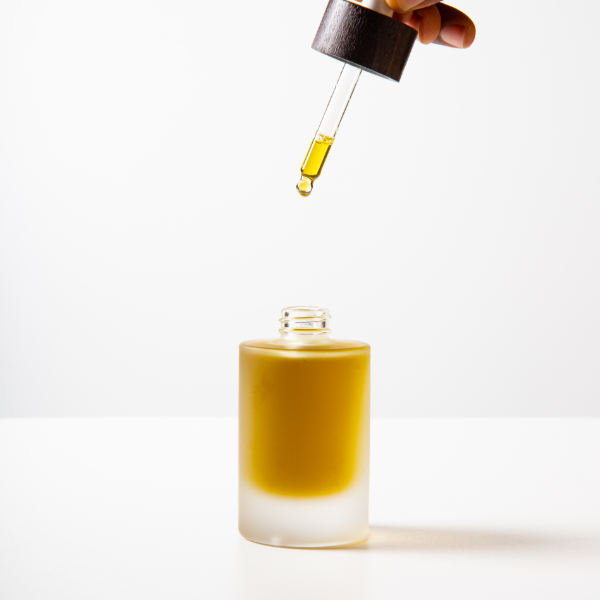
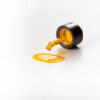

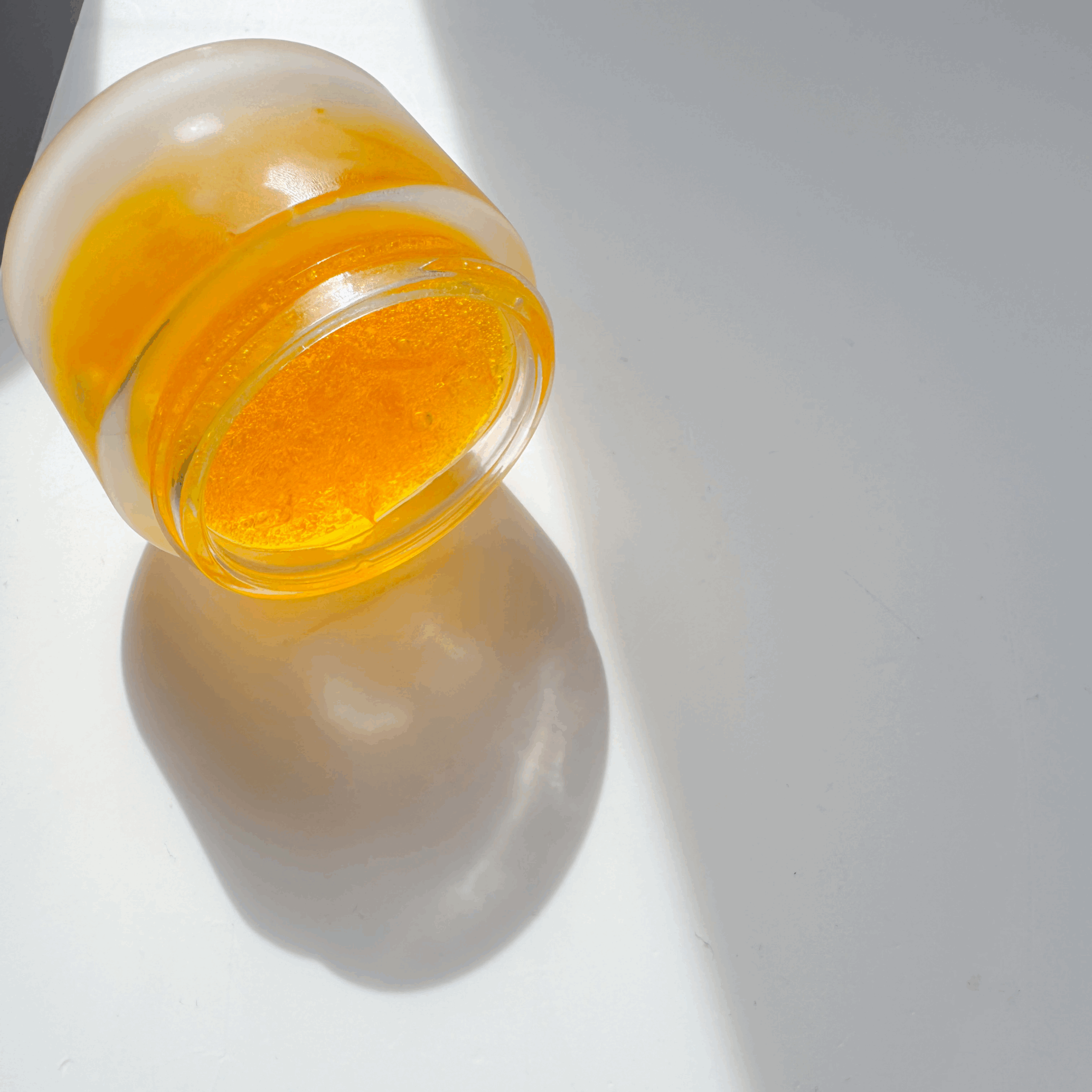


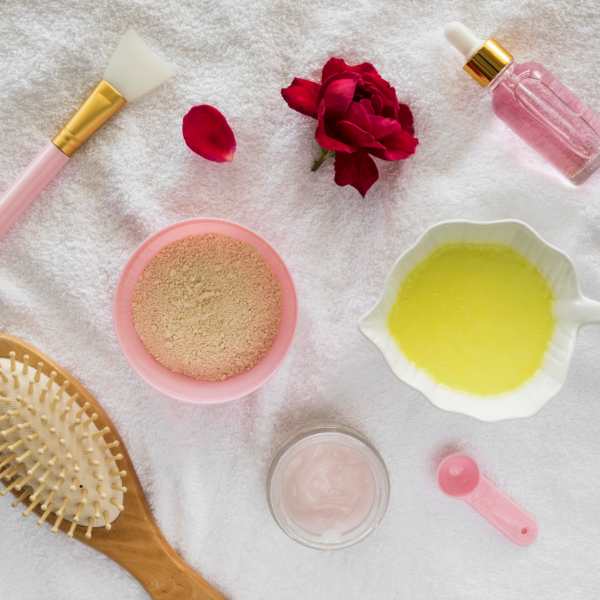
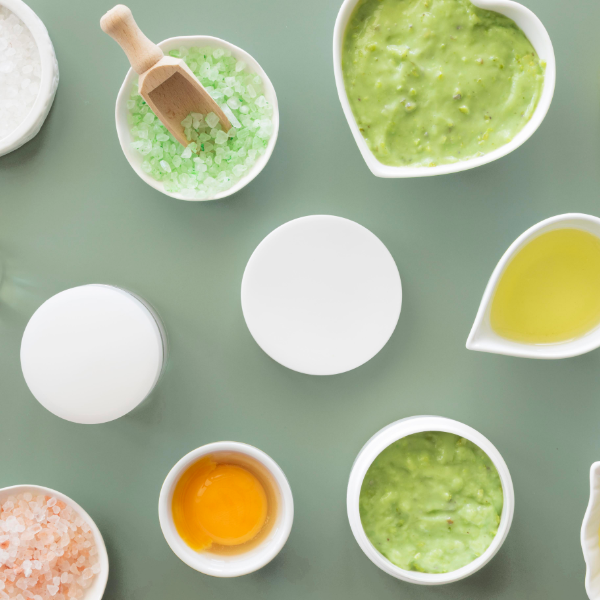
Add comment